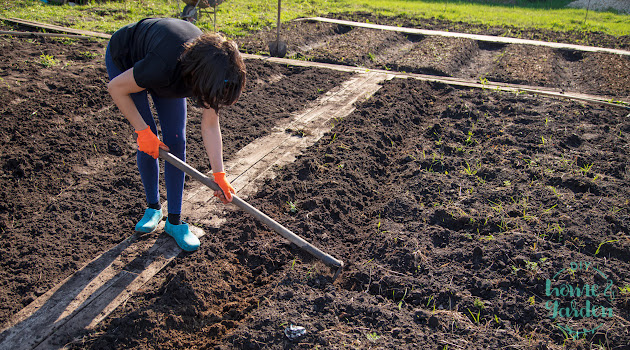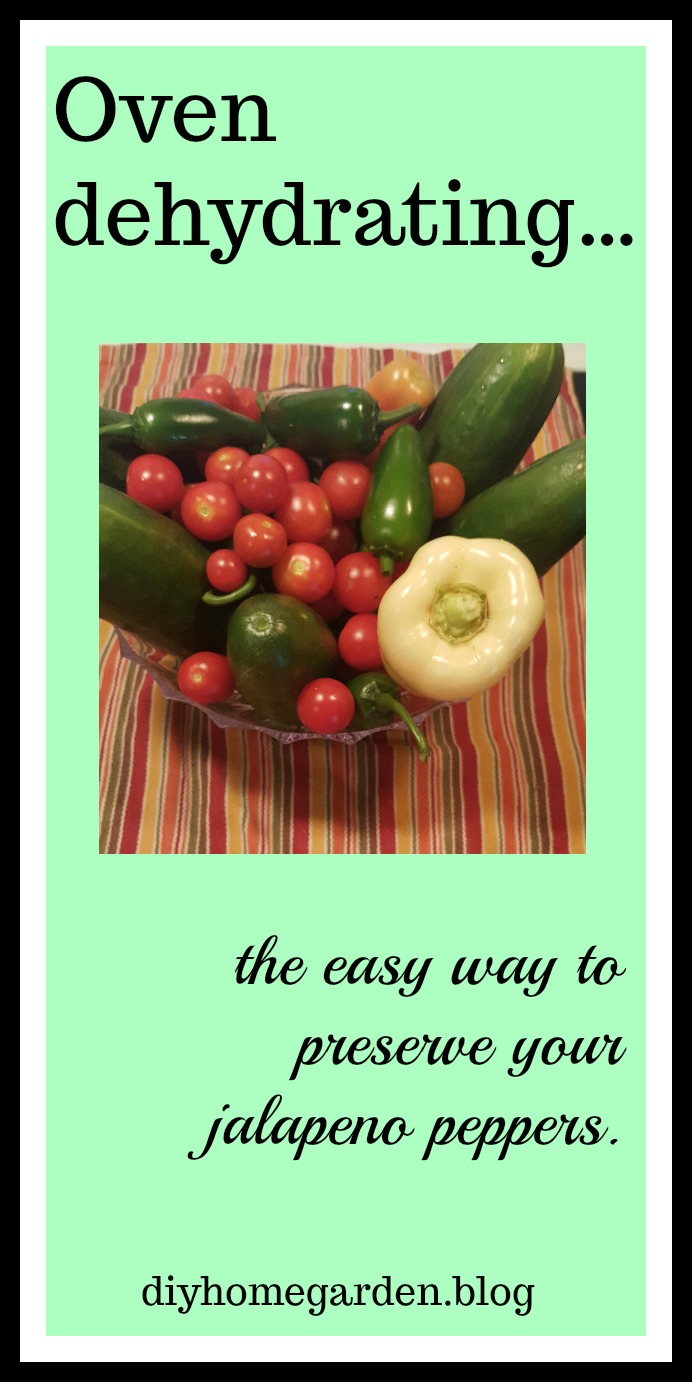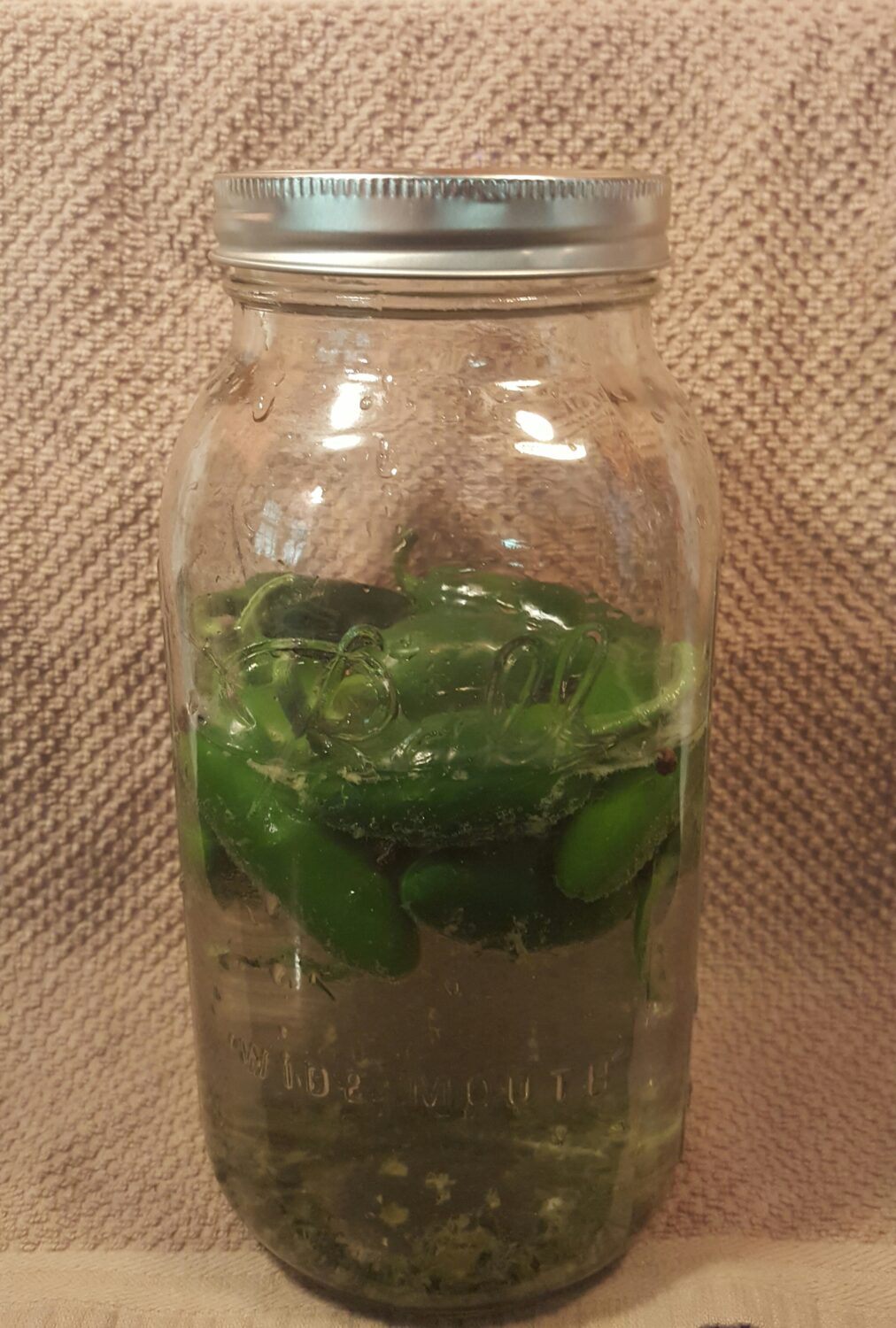Jalapeno is a chili pepper cultivar of the genus Capsicum annuum—to which also belongs habanero, cayenne, and sweet bell peppers. It’s also an extended family member of the nightshade vegetable fraternity, Solanaceae, including tomatoes and eggplants.
Like other hot peppers, Jalapeno is a tropical native (mainly from Central and South America), growing best in hot weather. Therefore, they exhibit relatively extensive root systems that are excellent candidates for both outdoor and container gardening.
This comprehensive guide teaches you how to grow and care for jalapeno peppers in your garden!
Frequently Asked Questions About Jalapeno Peppers
Editorial note: Technically, the correct spelling for this pepper plant is: jalapeños, with the Spanish tilde over the N. This gives it a sound of “nyeh” instead of a regular sound that we use in English. Changing the ñ to a plain n is an Anglicized version due to most Americans not knowing how to type in the tilde (a series of keystrokes). For ease of keying, we will use the American version. However, as a person who studied the Spanish language extensively, I wanted to at least acknowledge this cultural difference.
Are jalapenos hard to grow? …Or even better, “Is jalapeno easy to grow?”
Jalapeno peppers are pretty easy to grow as long as you offer them plenty of sunlight, good soil, and adequate water.
How long does it take for jalapenos to grow?
Jalapenos are relatively fast growers, taking approximately three or four months from germination to producing harvestable fruits. These crops grow to about 24 inches in height.
Can you grow jalapenos from store-bought peppers?
Yes; however, choose heirloom or open-pollinated varieties—rather than the hybrid type—to end up with the same crop with the same traits.
In other words, heirloom variety seeds are genetically stable, hence the best for planting.
Can you grow jalapenos from the seeds inside?
Yes, it’s possible to grow jalapenos from the seeds inside.
Once harvested, cut your jalapeno open and remove the seeds. There is one catch–they must be an heirloom or non-GMO variety for the seeds to grow. Spread them on a plate or napkin and allow them to dry for a couple of weeks before planting.
You can as well store the dried seeds for future use. Place them in small sealable bags or envelopes and store in a cool, dry location.

How many jalapenos do you get from one plant?
Depending on your jalapeno variety, you might get approximately thirty or forty peppers per plant.
Do jalapenos grow back every year?
Jalapenos are perennial in hot climates, but most gardeners cultivate them as annuals, replacing them each year with new plants. In moderate to mild temperatures, you will treat them as annuals.
How often should I water jalapenos?
Offer your jalapenos an inch of water every week, so the soil stays moist and not too saturated. Increase the watering frequency (to least twice a week) as needed during arid weather.
Can I plant tomatoes and jalapenos together?
Yes, you can grow jalapenos and tomatoes together, although you may want to follow good gardening practices to reduce the likelihood of disease emergence and spread between the two crops.
Such practices include ensuring adequate plant spacing, offering the plants sufficient water (not over/under-watering), watering the plants at the base rather than on the foliage, AND not working in the garden when the crops are wet.
How do I know when to pick my jalapeno peppers?
Jalapeno peppers are ready for harvesting when they become firm and bright green; however, you can let them stay on the plant until they turn red.
Are jalapenos hotter when they turn red?
Green jalapenos tend to be sweeter and less hot but still ripe for the picking and tasty. If you prefer a sweeter, milder flavor, harvest them while green.
What happens when a jalapeno turns red?
A jalapeno turning red is a normal part of the crop’s ripening process. Almost all plants in the capsicum annuum family undergo this process. The longer the fruit stays on the vine, the more the flavor of the capsaicin that gives it the heat will develop.
But as we’ve seen, you can easily opt to pick the peppers while still green if you prefer milder heat.
Why are my jalapeno peppers turning black?
It’s natural for most pepper varieties to adopt a dark-purple or blackish appearance during the ripening process. However, excessive exposure of the fruits to sunlight or cold temperatures can also trigger discoloration, especially in the case of jalapenos and a few bell peppers. You shouldn’t worry in that case unless the pepper turns soft and black or you notice tiny black spots on the peppers—a potential sign of disease.
Are wrinkled jalapenos still good?
Wrinkled jalapenos only imply a diminished quality but are still okay for consumption. They are losing their hydration.
To keep the peppers fresh and crispy, consider placing them whole in a sealable plastic bag and store in your refrigerator’s crisper drawer.
The red and yellow types should stay fresh for about four or five days, and the green kind, up to seven days. Other pepper preservation methods include freezing, pickling, canning, and dehydration.
Can you eat raw jalapeno?
Yes. Jalapeno can be consumed raw, cooked, dried, smoked (also called chipotle peppers), or powdered.
How do you grow jalapenos at home?
To grow healthy jalapenos at home, you simply need to meet their climate needs, that is, light and warmth.
How to Grow Jalapeno Peppers
- The University of Minnesota Extension office advises starting the seeds indoors about eight to ten weeks before your area’s last projected frost date.
- You can also directly sow the seeds into your garden or grow the peppers from nursery startings.
- For direct sowing, consider planting when the soil temperatures reach at least 65°F—so the seeds get adequate warmth to support the germination process.
- Transplant young plants into the garden when nighttime temperatures stay reliably above 60°F.
- Consider using black plastic mulch—if you reside in cold regions—to help warm the soil before planting.
Back to indoor seed starting…
- Once you’ve sown the seeds in your tray of moist seed-starting mix, place the tray in a warm area, so the soil stays consistently warm (between 65-800F)—to boost germination.
- You can use a seedling heating mat to help control the temperature.
- Also, be sure to offer the tray a 16-hour artificial light exposure during the germination period.
- The seeds should germinate within 14-21 days.
- Continue keeping the soil moist for your seedlings!
- Gradually begin to expose seedlings to outdoor conditions once they’re six to eight inches tall. The general thumb rule here is to initiate the hardening off process ten days before outdoor transplanting.
- Once nighttime temperatures strike at least 60°F, transplant the seedlings outdoors, ensuring a spacing of fourteen to twenty-four inches between the plants and around two to three feet between rows.
- Irrigate deeply immediately after planting.
Selecting and Preparing a Planting Site
- Jalapenos thrive and fruit best in full sun. Therefore, a sunny location would be ideal.
- Soil should be well-drained, rich, and with a slightly acidic to neutral pH level.
- Consider working in aged compost into your garden soil a week before transplanting the jalapenos.
- If growing in containers, any well-draining general-purpose potting mix should be sufficient.
- Avoid planting the peppers in locations where you’ve recently cultivated tomatoes or other nightshade family members like eggplants and potatoes—to reduce the risk of disease spread.
How to Care for Jalapeno Peppers

Watering:
Jalapenos are pretty heavy drinkers compared to other nightshade family members. Irrigate when the top inch of the soil feels dry; however, be careful not to waterlog the earth.
Fertilizer:
Fertilize when the plants begin to blossom by spreading well-rotten manure, fish fertilizer, or compost around the base.
Temperature and Humidity:
Jalapenos thrive with daytime temperatures of between 65-85°F and 60-70°F at night. Constant temperatures above 90°F along with colder temperatures can cause blossom drop, therefore, minimizing fruiting.
Simply put. Jalapenos are moderate humidity lovers!
Support:
Most jalapenos won’t require support except for the taller varieties—to help manage the weight of their fruits. You can use small tomato cages or bamboo sticks.
Mulching:
Mulch with grass clippings, straw, or shredded leaves—to help keep the soil cool and moist in scorching weather, primarily if you reside in a warmer climate.
Harvesting:
Whether you harvest them green, yellow, or red, use pruning shears or a sharp knife to cut the peppers, leaving a small portion of the stem attached. That way, the peppers can stay fresh for long.
It also helps reduce damage to the plant that may otherwise be caused by ripping off the fruit.
Overwintering:
Pot up your jalapeno plant(s) and bring it indoors at the end of the growing season. Keep it in a sunny location—preferably a south-facing window—and water whenever the soil’s top inch dries out.
Common Jalapeno Pests and Diseases
Jalapenos—like other nightshade plants—are prone to various diseases and pests, including these:
Blossom-end rot:
- This damage appears as dark, recessed spots on the peppers’ ends.
- It’s mostly a result of calcium deficiency but overwatering the plants can also trigger the condition. (Hint: add some homemade eggshell fertilizer to help prevent this issue)
- Always ensure the soil stays consistently moist and not soggy.
Anthracnose:
- It’s a fungal disease that creates dark sunken spots on the peppers.
- Consider purchasing resistant varieties.
Fusarium wilt:
- This fungal disease weakens plants and causes discoloration (yellowing).
- Remove and destroy affected plants, keeping the surviving ones well-watered.
Aphids:
- These insects drain the sap from pepper leaves, making the plants more susceptible to diseases.
- Spray them off with insecticidal soap or use predatory insects like ladybugs.
Popular Jalapeno Varieties
- Sierra Fuego: Matures in approximately eighty days, producing bountifully per plant. The peppers are mildly hot and measure 3.5 inches long.
- Senorita: Grows to about two feet high. It takes eighty days to mature, producing three-inch-long peppers that are very hot.
- Mucho Nacho: Matures in about 68 days with large peppers (four inches long) mild in taste.
- Fresno Chile: This medium-sized cultivar produces smaller peppers (two-inch long) with mild heat.

The Takeaway: Jalapeno Peppers Are Worth the Space When You Want to Spice It Up
Jalapenos are versatile, easy to grow, and care for; however, these peppers also come with one warning. The fruits and leaves of jalapeno plants exhibit capsaicin—a compound that causes a burning sensation. To be safe, ensure you wear gloves and never touch your eyes when handling jalapeno peppers. Discard your gloves immediately after use away from children and pets and wash down all surfaces with soap and water.

